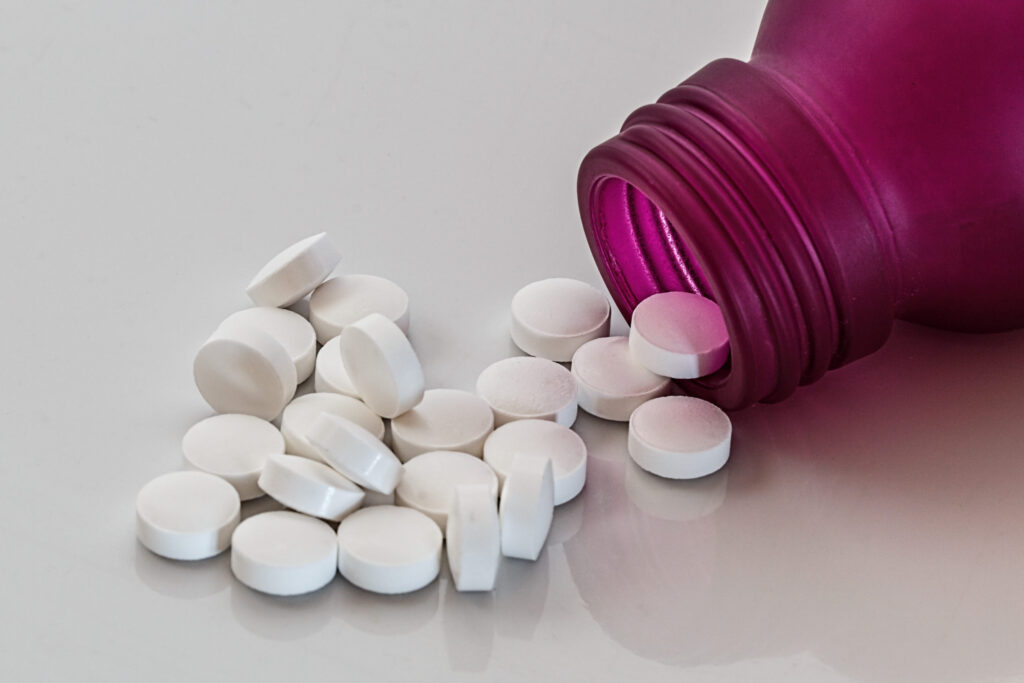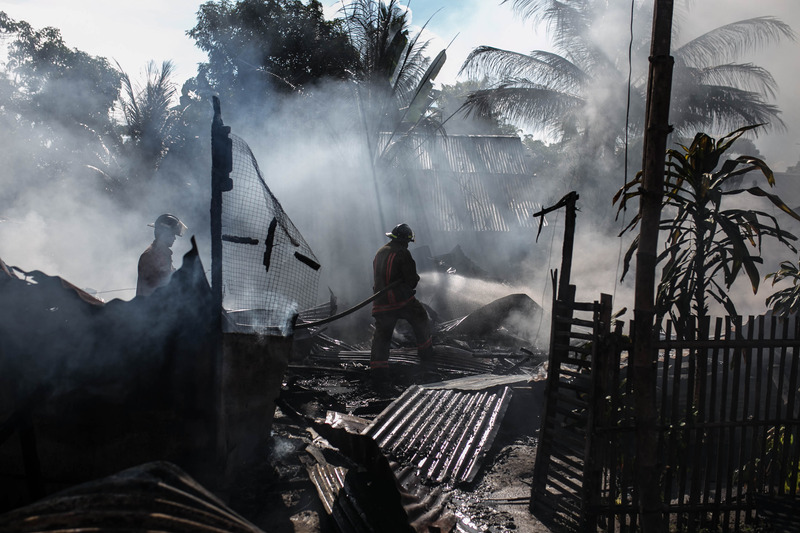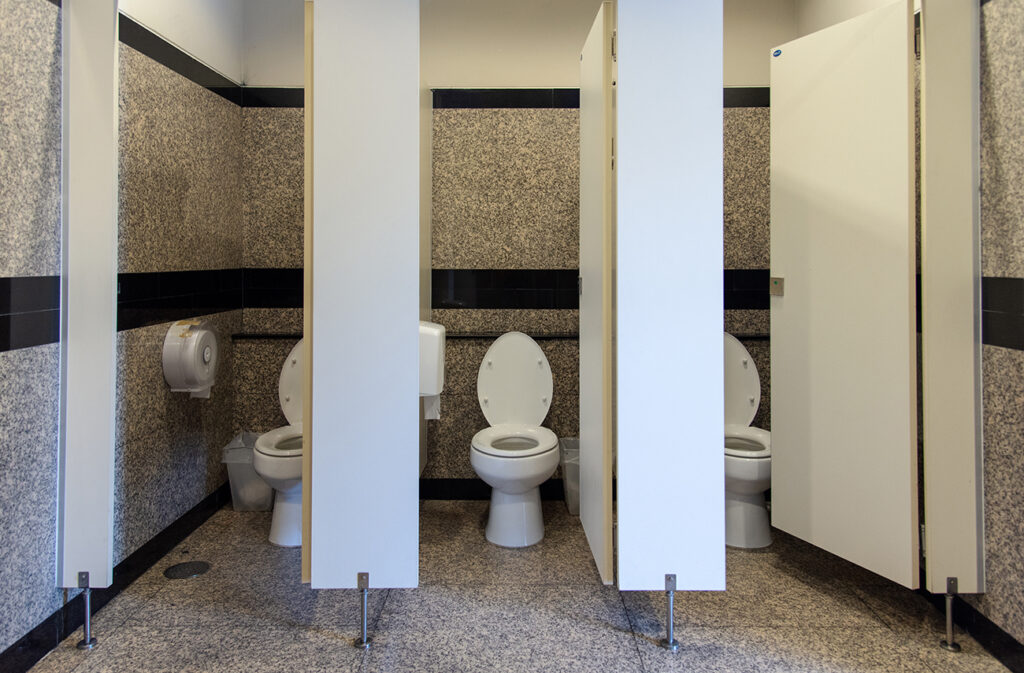You most likely grew up in a household where flushing expired medication down the sink or toilet was the norm. Perhaps you watched one of your parents put old coffee grounds in a zip-lock bag, put the pills in it, and then toss it into the trash. Maybe you’ve done this yourself over the years. While this way of disposal seemed effective it caused a larger problem. Negative impact on the environment type of problem. However, now, as facility and community leaders you are responsible for the well fair of your patients, residents, and employees. This means remaining compliant when it comes to hazardous drug disposal, always.
But what is considered a hazardous drug? What will happen if you improperly dispose of them? How do you properly dispose of hazardous drugs? In this article, we cover all this and more to help keep you compliant while protecting your residents and community.
What is Considered a Hazardous Drug?
While some medications can be classified easily, some may need to be looked up. Thankfully the NIOSH list of Hazardous Drugs exists. This comprehensive list helps you decide what hazardous drugs your facility has so you dispose of them properly. The rule of thumb for medication to be considered “hazardous” if it has one of the following four key characteristics:
- Flammable. Think alcohol-based cough syrups or aerosol cans.
- Corrosive. Some drugs use corrosive materials such as nitric acid to preserve them which makes it hazardous.
- Reactive. This waste interacts negatively with other chemicals leading to potential explosions or generating fumes.
- Toxic. The EPA designates certain chemicals as toxic, but only in specific concentrations. This is determined by performing a TCLP or toxicity characteristic leaching procedure.
What Happens When Improperly Disposed?
Now that we know what is considered hazardous and non-hazardous it’s essential to understand what happens when disposed of improperly.
Negative Environmental Impacts
When flushed down the drain or tossed in the trash you contaminate the water supplies. Currently, septic systems and wastewater facilities are not designed to remove the contamination. Therefore, there no treatment exists. Thus affecting wildlife, drinking water, and more. Not to mention that it kills bacteria needed for sewage treatment. Numerous studies show contaminated water causes reproduction, growth, and behavioral changes in many species such as fish.
Hefty Fines, Oh My.
Did you know you can be fined up to $37,500 per day for a single violation? Resource Conservation and Recovery Act makes it possible. They increased the maximum civil penalties for a single violation from $37,500 per day, per violation to $70,117 per day, per violation. Yikes!
They Can End Up In the Wrong Hands
Expired drugs, when not disposed of, can easily end up in the wrong hands of the public, children, and even animals. It’s essential, more than ever, to ensure drugs are not within easy reach with the opioid epidemic on the rise.
How to Properly Dispose of Hazardous Drugs
While it may seem silly, having a comprehensive plan is the most effective way to ensure hazardous drugs are disposed of properly. Healthcare professionals need to create a plan which aligns with DEA, EPA, and state rules. Then train employees on said plan while continually reviewing it for any changes needed. Find SLM Facility Solutions’ 5 Steps to stress-free disposal below.
#1 – Dispose of expired/unused hazardous and nonhazardous drugs into the container
#2 -When ready for pick up, complete a hazardous waste checklist. In FL, a complete drug list is filled out
#3 – A pickup is scheduled to have the container removed
#4 – New containers will be shipped to the location
#5 – The filled container of medication is sent to the incinerator and the manifest is generated
Additional Tips for Disposal
- Keep a record of all hazardous drug waste that is generated. This record should include the date the waste was generated, the type of waste, and the amount of waste.
- Inspect all hazardous drug waste disposal containers regularly to make sure they are in good condition and are not leaking.
- Train all employees who handle hazardous drug waste on proper disposal procedures.
- Post signs in all areas where hazardous drug waste is generated that remind employees to dispose of the waste properly.
Manage Hazardous Drug Disposal with SLM Facility Solutions Nationwide.
Don’t allow your facility to improperly dispose of hazardous drugs. Partner with a reputable company like SLM Facility Solutions Nationwide to decrease the risk of improper disposal and ensure compliance. SLM Facility Solutions provide comprehensive facility management solutions tailored based on each of your individual locations, laws, and mandates. Complete a free facilities assessment to discover how SLM Facility Solutions assists you with hazardous drug disposal and more.



